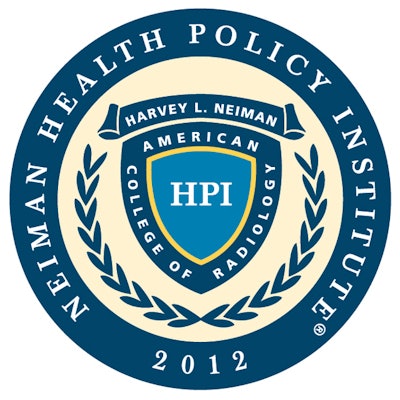
The percentage of lumbar puncture procedures performed in the U.S. by radiologists has grown significantly over the last 14 years, according to research from the Harvey L. Neiman Health Policy Institute published in the March issue of the American Journal of Neurology.
After analyzing a 5% sample of Medicare beneficiaries from 2004 to 2017, a team of Neiman researchers led by Dr. Derek Johnson of the Mayo Clinic in Rochester, MN, found that radiologists performed 54% of lumbar puncture procedures in 2017, up from 37% of the procedures in 2004.
The proportion of lumbar puncture procedures performed by neurologists declined from 23.5% to 10%. Other major physician specialty groups either declined or were largely unchanged, according to the researchers. Nonphysician providers had the largest relative percentage increase, growing from 4.2% of procedures performed in 2004 to 7.5% in 2017.
Overall, 203.4 lumbar puncture procedures were performed per 100,000 Medicare beneficiaries in 2017, compared with 163.3 procedures in 2004. There was geographic variety in the proportion of lumbar punctures performed by radiologists in each state; the five largest states by population -- California, Texas, Florida, New York, and Pennsylvania -- all had an increase in procedures performed by radiologists over the 14-year study period.
In other findings, the researchers reported that radiologists were the most common provider of lumbar puncture procedures in both the inpatient and outpatient settings. Emergency medicine physicians performed 80% of procedures in the emergency department, however. The researchers found no difference in patient complexity between the patients undergoing a lumbar puncture by an emergency medicine physician versus those performed by a radiologist.
A trend of increased patient comorbidity over the study period was lower for lumbar punctures performed by radiologists versus nonradiologists, the researchers noted.
"The Medicare-age population is projected to grow from 56 million in 2020 to 94 million in 2060, and a proportionate increase in [lumbar punctures] can be anticipated," said senior author Dr. Richard Duszak of Emory University in a statement from Neiman. "As demand for [lumbar punctures] thus increases, both radiology and nonradiology practices must prepare to fill this growing clinical void."




















